Non-native birds like house sparrows, European starlings and pigeons usually nest in, on and around houses. These birds can be a nuisance, leading to nests that block everything from your home’s dryer ducts to the gutters. Their droppings are corrosive and can damage buildings. Other non-native species such as Muscovy ducks are commonly found around waterways. These ducks reproduce quickly, and their droppings will deface and cause significant damage to community property. Bird infestations can also transmit parasites and diseases.
Common Bird Appearances
Each of these birds has a distinct appearance:
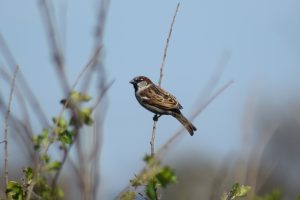
House Sparrow: These birds have chunky bodies with large, round heads. The males are brightly colored and have gray heads, white cheeks and a black bib. The females usually have a brown body with some gray-brown features.
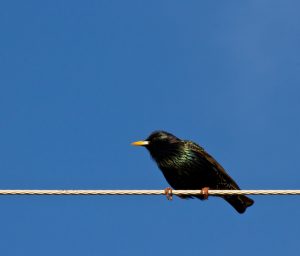
European Starling: Similar to sparrows, starlings have stout bodies with short tails. In the summer they have purplish-green feathers with yellow beaks, and in the winter they turn brown with white spots.
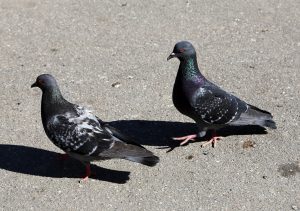
Pigeon: The common pigeons have large, plump bodies with small heads. Their color can vary, but they often have bluish-gray plumage with black on the wing and tail.
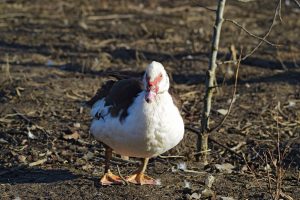
Muscovy Duck: This large duck species, is easily identified by their mottled appearance, with prominent pink fleshy bumps around the beak and face. The males are noticeably larger than the females. These ducks will nest year round, under bushes and in tall grass. Unlike most ducks, they cannot Quack, but are capable of hissing.
What Does a Bird Eat?
Birds will feed off of a variety of berries, grains, and seeds. They also eat small insects, earthworms or even snails. Birdfeeders with cracked corn, wheat or millet will readily attract birds to your yard.
If there is a lack of food, some will turn to discarded scraps around restaurants or in your trash cans.
Bird Behavior
Depending on the type of bird, they live anywhere from rural areas to inner cities. When nesting season begins, usually in the spring, they’ll start searching for a sheltered spot that has access to food and water. If it’s warm and safe from predators, they’ll start building a nest.
When birds gather in one spot for feeding or nesting, droppings can quickly accumulate. When this happens, the histoplasmosis fungus can grow in the soil and then create airborne spores you can breathe. This can then put exposed individuals at risk for respiratory disease.
Sounds
Listen to the sounds of a European Starling fledgling:
Signs You Have a Bird Infestation
There are several telltale signs you might have a bird infestation, such as:
- More birds around your property.
- Large quantities of bird droppings.
- Nests in crevices or areas like your dryer, stove or exhaust fan vents.
- A foul scent around your home.
- Missing nest materials strewn around your property.
Your Bird Removal Solution 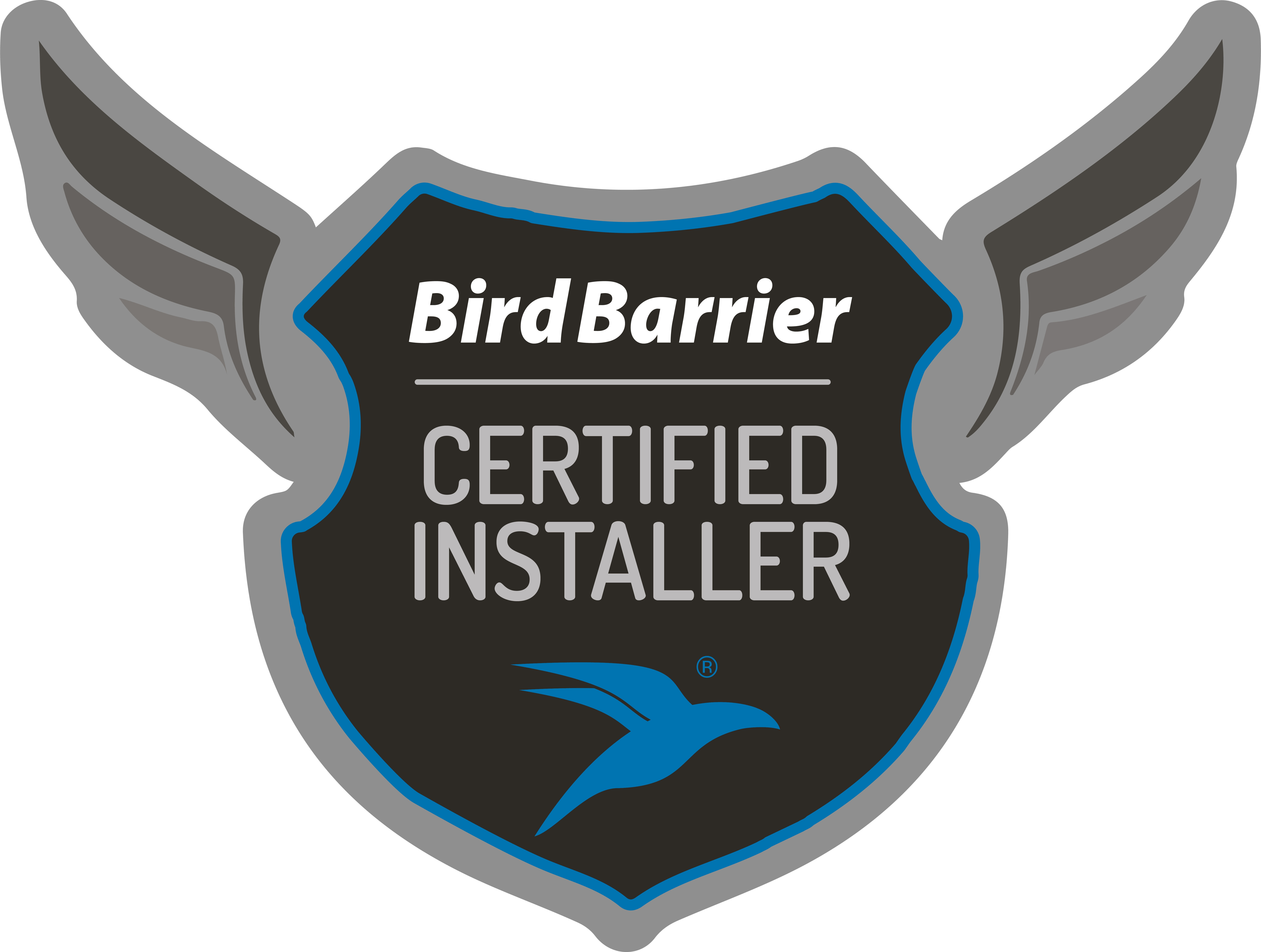
Whether you are dealing with starlings and sparrows in a vent, pigeons in your roof, or Muscovy ducks in the community pond, the Bird Barrier-certified team at Urban Jungle can help. Along with removal and trapping, our bird exclusion services are a great way to prevent future issues for a variety of bird species. We also offer cleanup and sanitation services to tackle any mess left behind. Contact us today to get started.
